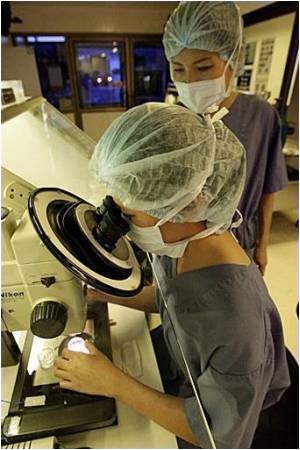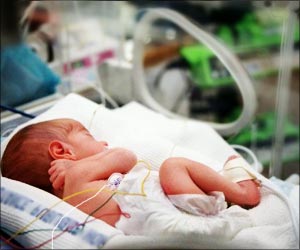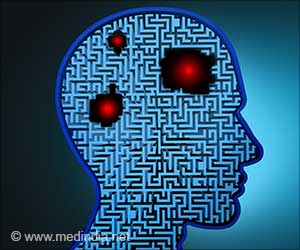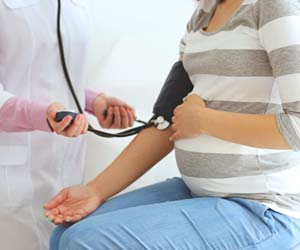A procedure used in preconception diagnosis, that is used to identify eggs that are free of genetic disease leads to some problems with pregnancy, says study.

Dr. Steffann and colleagues Nadine Gigarel, and Jean-Paul Bonnefont, and Arnold Munnich from the Universit- Paris-Descartes and H'pital Necker-Enfants Malades and David Samuels from Vanderbilt University Medical Center in Nashville, TN show that assuming the polar body has a genetic make-up that matches that of the unfertilized egg can be complicated in some cases. The polar body divides from the egg when the egg develops, so it was thought that it could serve as a proxy for the egg and that testing it would allow a genetic diagnosis to be made without harming the egg. This is true for genes in the nuclear DNA, but the authors show that things are different for genes in the mitochondria.
If a person has a mutation in mitochondrial DNA, it can be present in all of the mitochondria or in a percentage of the mitochondria. This is referred to as mutant load. If the mutant load is high, the person can have the disease associated with that mutation, but if the mutant load is low enough, the person can be healthy. For these reasons, clinicians performing PCD want to select eggs with a low mutant load. In this work, Dr. Steffann and colleagues show that there is a poor correlation between the mutant load of mitochondrial DNA in an egg and that of its polar body. Finding a low mutant load in a polar body doesn't mean that the mutant load will be low in the associated egg; this could lead to incorrect conclusions regarding which eggs are safe to use for pregnancy.
"Our findings argue against the use of the polar body as a diagnostic material for mtDNA disorders, unless the purpose is for the selection of embryos that are completely mutation free," concludes Dr. Steffann. "Indeed, all mutation-free polar bodies were found to be associated with mutation-free eggs. Unfortunately, because the number of mutation-free eggs is low in women who have mtDNA mutations, the PCD option would dramatically decrease the successful pregnancy rate."
Source-Eurekalert










